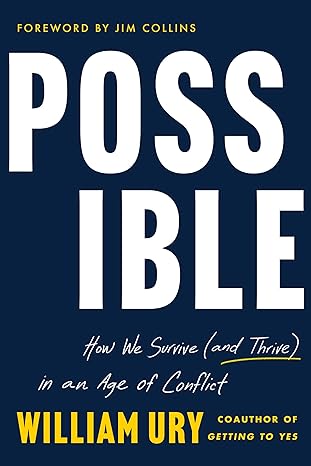
Leader to Leader, the Wiley quarterly journal where I am managing editor, has now published our Spring 2024 issue. I’ve included takeaways from each of the articles below. Please also check out my January 10 post, 16 Takeaways From Leader to Leader Winter 2024 Issue 111.
In related developments, our latest virtual issue (with free access until the end of March), is focused on Innovation and Entrepreneurship, and our March monthly newsletter, ‘What’s Happening in Leader to Leader,’ is now online. We have now grouped the newsletters from previous years together as ‘What’s Happened in Leader to Leader.’
If you haven’t already read it, our January 2023 virtual issue To Serve Is to Live: Celebrating the Life and Leadership of Frances Hesselbein, 1915-2022, about our founder and longtime editor-in-chief, is truly inspiring.
I hope you will agree that our Spring issue represents an all-star cast of authors. Ideally you will be able to put the takeaways below to good use in your work and life right away!
Focusing on Your Leadership Journey
Columnist: Sarah McArthur, Editor-in-Chief, Leader to Leader
Article: “Making Waves: A Leader Who Happens to Be a Woman”
Sample quote:
When I first started working with Lisa {Lutoff-Perlo}, I understood her wanting to focus on her leadership journey more than on the fact that she is a woman who has achieved a level of leadership that many other women have not yet been afforded. I shared with Lisa Frances Hesselbein’s response when introduced as a “woman leader” as if her gender was the most important attribute of her leadership.
Frances would reply to the introduction that she was rather “a leader who happens to be a woman. I am a leader first.” With that simple statement, we immediately understood that her focus on being a leader was more important to her than her gender.
Lisa loved this story and with it we were immediately on the same page with Frances to describe leadership from Lisa’s unique perspective as a leader who happens to be a woman in a male-dominated industry.
The Destructive Way We Handle Conflict
Author: William Ury
Article: “How to Transform (Not Resolve) Conflict”
Sample quote:
In my work, I find that people naturally assume that conflict needs to be resolved. But is that true? Over the years, I have come to appreciate that often resolution is not possible, at least not now. In some cases, resolution is not even desirable because it deprives us of the opportunity to keep learning and growing through conflict.
Here’s the secret: The problem is not conflict. Conflict is natural. We actually need more conflict, not less—if we are to learn, grow, and evolve. The problem is the destructive way we handle conflict—destroying relationships, lives, and resources. Thankfully we have a choice.

“Never let a good crisis go to waste.”
Author: Lisa Lutoff-Perlo
Article: “The Comeback Will be Stronger Than the Setback”
Sample quote:
During our shutdown, our Chairman and CEO always used to remind us of the famous Winston Churchill quote, “Never let a good crisis go to waste.” I took this advice to heart and thought about how to apply that to my team and Celebrity. What was I going to do to not let this crisis go to waste? Looking at our situation in the most positive light, which wasn’t easy to do, I decided to think about what we could do during this unplanned time-out to think about our brand and how we could strengthen it so that our comeback would be stronger than our setback, paraphrasing the late basketball star Kobe Bryant.
Few businesses ever have time to reflect on priorities and reimagine their brand, like we did because of the pandemic. In a steady state of business, we are always so busy driving, selling, hitting key performance indicators/KPIs, taking care of customers, keeping the ships full and our crew happy. We push every day without stopping.
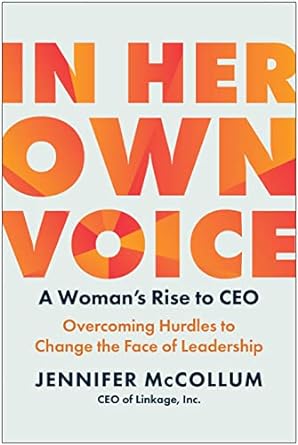
The Need For a Sponsor With Power and Influence
Author: Jennifer McCollum
Article: “Why the Leadership Gender Gap Matters—and What Organizations Can Do to Close It”
Sample quote:
For women leaders to fully engage and be inspired by a future vision that includes gender equality, action is what matters. They must look up and see executives in their organization not only talking about advancing women but also taking steps to do so. Executive engagement can include initiating sponsorship programs to increase visibility of rising female talent, ensuring gender equity and knowledge of the women in the organization’s pipeline, and promoting creative initiatives to retain female talent. When executives act, organizations demonstrate that they are committed to advancing women as a strategic priority.
Many organizations focus on allyship, coaching, or mentorship, and while all those are important, the most critical support women need is sponsorship, because that is what has historically been lacking. There is a difference: Everyone can be an ally, and those with experience can be a coach or mentor. But to be a sponsor, you need power and influence.
Intentions Do Not Guarantee Impact
Authors: Jeremy Hunter and Lili Powell
Article: “How to Improve the Pathway Between Intentions and Results”
Sample quote:
Leadership is defined by results. Yet, the neat and tidy world of make-a-plan-and-execute all too often falls short when encountering the messiness of real life and real people. Even when your intentions are good, sometimes they don’t seamlessly translate into the impact you’re wanting.
When this happens, sometimes outside forces are at work. Common culprits are competing priorities and organizational inertia. Yet at other times, unintended inner forces get in the way. For example, your own perceptions when fed by unconscious autopilot, blind spots, reactive emotions, or outworn mental models can divert your aim and set in motion a domino effect of inadequate choices, actions, and results.
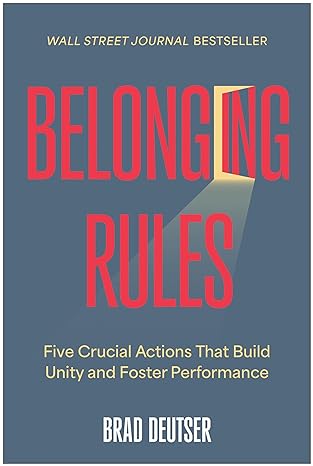
Reimagining Space For Creativity and Deep Focus
Authors: Brad Deutser and Isabel Bilotta
Article: “Purposeful Design of Workplace Spaces”
Sample quote:
Space should inspire people, promote access and ease to the movement of how work gets done, allow for creativity and deep focus, invite meaningful conversations, and encourage natural collaboration. Leaders must invite people in and then create the experiences that foster belonging, unity, and performance. This perspective and investment on space runs counter to the current trend of expanding the organization’s digital rather than physical/experiential footprint. Too many high-end offices are sterile environments where employees must work to fit. Instead, leaders should lean on space as a driver of positive emotions, engagement, meaning, and ultimately, well-being. It is time for leaders to reimagine their approach to and investment in space, such that the purposeful integration of technology and design yields higher quality work and optimizes collaboration.
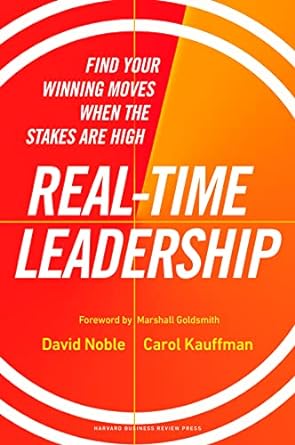
Cultivating Your Inner Resources, Personal Growth, and Aspirations
Author: Carol Kauffman
Article: “Real-Time Leadership in Three Dimensions: Lessons from Coaching and 1,000 CEOs”
Sample quote:
Any leadership challenge includes three, inseparable dimensions. The dimensions are what you need to achieve on an external, internal, and interpersonal level. The first dimension is what external challenges and goals you must meet. However, to be a great leader, you must also know the second dimension, the nature of your internal requirements, your inner resources, personal growth, and aspirations. These can include your mindset, character strengths, sense of purpose, or emotional regulation. The third dimension of leadership is to know how to develop peak relationship skills to create authentic connections and unlock the potential of your teams.
Massively Improved Understanding of Human Speech and Information Processing
Author: Amit Patel
Article: “Creating a Culture Of AI Confidence: A Blueprint For Leaders”
Sample quote:
The advent of generative AI represents two major changes in what we now call AI. The first is a more robust access to underlying data sets, using machine learning algorithms to make it simpler and more intuitive to request data in any form we want, from essay-length analyses to tables. Digital assistants have been able to provide simple answers based on search queries for years, but large language models (LLMs) like OpenAI’s ChatGPT provide a massively improved coordinating ability to better understand human speech and information processing. The second major change is the nature of AI outputs: unlike Siri or Alexa, AI chatbots like ChatGPT’s produce outputs that stand alone as readable material. (Never before could you have easily put your quarterly earnings into a Shakespearean sonnet.)
Ironically, the recent boom in AI technologies presents nearly the opposite problem of prediction: an unexpected technological leap into an unknown future.
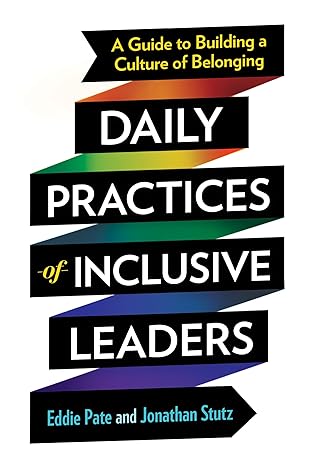
Understanding and Applying Lessons of Cultural Styles
Authors: Eddie Pate and Jonathan Stutz
Article: “Thinking Like An Inclusive Leader”
Sample quote:
There are many rich resources to help you learn how to respectfully interact with people from other cultures. For example, there are plenty of robust online cultural competence tools; we like GlobeSmart by Aperian Global. Classic studies and books teach about the different nonvisible dimensions of culture such as individualism versus collectivism, and high versus low power distance. We like Fons Trompenaars’ highly consumable Riding the Waves of Culture and Geert Hofstede’s seminal Cultures and Organizations: Software of the Mind. There are more recent books on the topic such as Erin Meyer’s The Culture Map: Breaking Through the Invisible Boundaries of Global Business, which does an outstanding job of providing very useful anecdotes and stories to help readers understand and apply the lessons of cultural styles to your work across the globe. Whatever your mode of learning, the key is to be willing to ask questions and truly listen. That is how you develop the wisdom that that will help you on your journey.
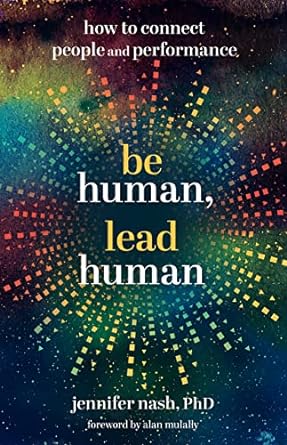
The Universal Human Need to Feel Valued
Author: Jennifer Nash
Article: “The Case for Being Human and Leading Human”
Sample quote:
Everyone wants to feel that they are important and significant to others. It’s a universal human need to feel valued for our contributions to the world as well as for our humanity.
It’s important for you and your team members to understand how you matter because it helps you add value. For example, diversity, equity, and inclusion professionals understand the value of interactions and understanding between people who have fundamentally different lived experiences. They add value by advocating for and facilitating access to those different voices.
When employees feel they matter, they are engaged, loyal, and productive. People care when they see how much you care.

Sending the Clear Message That Health Matters
Author: Mandy Schaniel
Article: “Achieving Great Leadership with Three Simple Steps”
Sample quote:
As a mother of three, family and work-life balance has always been top-of-mind for me, as is managing stress and overall health. I’ll never forget returning to the office from lunch to hear that an employee had been hit by a car while returning to the office on their bike. It was a minor accident with no visible injuries, and they insisted they were fine to finish out the day. I told them that was absolutely not going to happen and that they needed to get checked out, then go home to rest. To me, it was more important to err on the side of caution while at the same time sending a clear message that their health mattered more than the remaining hours in their workday. When that employee returned to the office, the gratitude she had for my insistence that she take care of herself was not only shared in her words, but in her performance. That wasn’t my intention, but it’s a bonus side effect I’ve seen time and again when employees realize you actually care about their well-being. While I hope you never encounter this same situation, finding those key moments to clearly communicate the line between demands at work and needing to take care of themselves as people are critical moments that allow your employees to remember that you are also human and value them as a person—not just an employee.
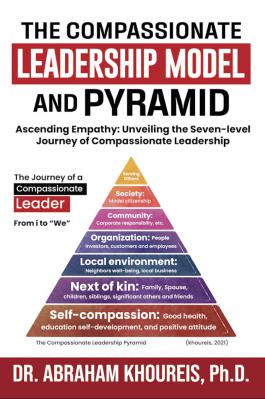
A Journey Encompassing Self-Awareness, Mindfulness, Empathy, and Well-Being
Author: Abraham Khoureis
Article: “Making the Case for Compassionate Leadership”
Sample quote:
My design of the compassionate leadership framework, pyramid, and model has been shaped by extensive research and insights from various sources, including studies on leadership, psychology, and organizational behavior. Additionally, it draws inspiration from the wisdom of many renowned leadership scholars, great religions, and practitioners who have advocated for the importance of empathy and compassion in leadership. To lead by compassion as a concept is not a new phenomenon. What makes it an emerging trend is the framework that will serve as a guide for leaders to follow, adopt, implement, and practice.
I envision compassionate leadership as a multifaceted journey that encompasses self-awareness, mindfulness, empathy, and a genuine commitment to the well-being of those being led. It is not limited to a single quality or action but is a comprehensive guide for leaders to develop a compassionate mindset and create a positive impact on their teams and organizations.
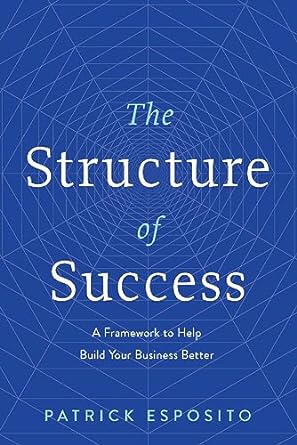
Bridges to More Permanent Solutions
Author: Patrick Esposito
Article: “Leading through Disasters and Departures: How to Prepare For & Succeed with Uncertainty and Change”
Sample quote:
Emergency succession plans—which are closely tied to disaster preparedness as usually human-based disasters—are meant to be temporary in their application as a bridge to a more permanent solution (which could also be part of your long-term succession plans). These emergency plans are invoked when something abrupt happens—a death, a disability, an immediate resignation, and the like—and roles and responsibilities need to be filled and ably performed urgently. Long-term succession plans are far more complex, as there is a critical difference between simply assigning names to titles and conducting assessments, preparing for transitions, and gradually supporting implementations to make the handoff to the next set of leaders.
We Take Our Minds For Granted
Author: Deepak Sethi
Article: “Total Self-Transformation Using Mindfulness”
Sample quote:
Many of us are aware of the significance of physical exercise and we engage in some form of physical activity on a regular basis. But the importance of physical health is much less than half the battle. Despite all the talk about the mind-body connection and the recognition that the human mind is a supercomputer, most of us do not even scratch the surface in terms of using our mind to maintain our mental and physical health and to enhance and embellish our lives. We take our minds for granted.
Practicing mindfulness meditation every day is the equivalent to physical exercise, in terms of keeping the mind calm and functioning at its very peak. Living mindfully in the moment by observing our thoughts and feelings on an ongoing basis creates constant awareness. This awareness becomes sharper over time and is a prerequisite for personal change.
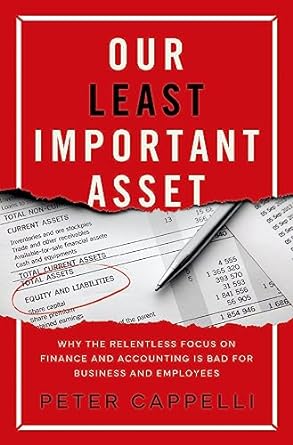
Focusing Attention on the Value of Human Capital
Author: Peter Cappelli
Article: “Why Management Has Gotten Worse and the Leadership Issues Behind That”
Sample quote:
The way forward starts with Boards of Directors who have the long-run success of their companies in mind and who guide the top executives. It is important that they help executives avoid blind spots about people issues that are common in a “finance-first” approach to management. We can get quite far down the path of improving effectiveness with just a few questions for our leaders. First, what does it cost us when someone quits, not just the administrative costs of a replacement but the performance loss and the other disruptions. Then, how many people are quitting? That will be a surprisingly big number. It focuses our attention on the value of human capital, the cost when it leaves, and how much it is worth to head that off.
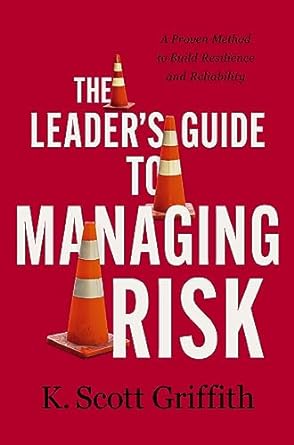
See and Understand Risk “Below the Waterline”
Article: “The Patterns and Sequences of Risk Management”
Sample quote from K. Scott Griffith, author of The Leader’s Guide to Managing Risk: A Proven Method to Build Resilience and Reliability:
Most businesses and other organizations measure outcomes, not risk. In many instances, we can achieve good, even great, results with risky systems and human behaviors until something goes wrong, leading to catastrophe. Focusing on accidents and bad outcomes alone addresses only the “tip of the iceberg.”
The best way to avoid catastrophe is to see and understand risk “below the waterline.” This perspective is often available only from frontline employees, who see much more than leaders in everyday operations. But employees must feel safe and rewarded to report risk. Businesses typically focus on results, not risk. So, employees are often reluctant to report risk when they’re getting the job done. They’re measured on the outcomes they produce, not the way in which they produce them.
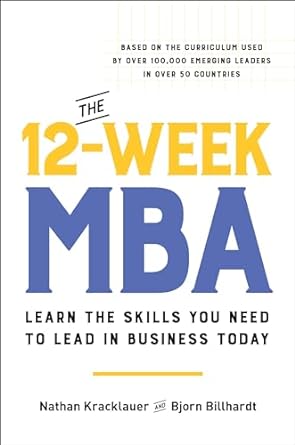
Continuously Optimizing a Resource Allocation Puzzle
Article: “What All Leaders Can Learn From The 12-Week MBA”
Sample quote from: Bjorn Billhardt and Nathan Kracklauer, authors of The 12-Week MBA: Learn the Skills You Need to Lead in Business Today
When you strip away the areas of management expertise that are highly function-specific and industry-specific—like marketing, operations management, and advanced finance—you’re left with what we call “The Numbers” and “The People.” Running a business is about continuously optimizing a resource allocation puzzle. That’s where the numbers come in. But at the same time, management is about nurturing a web of human relationships: cultivating individual talents and getting diverse teams to move forward as one even when there is disagreement.
The real trick to management is to see the numbers and the people at the same time. The 12-week MBA is short and sweet because it focuses on this core and only this core.
